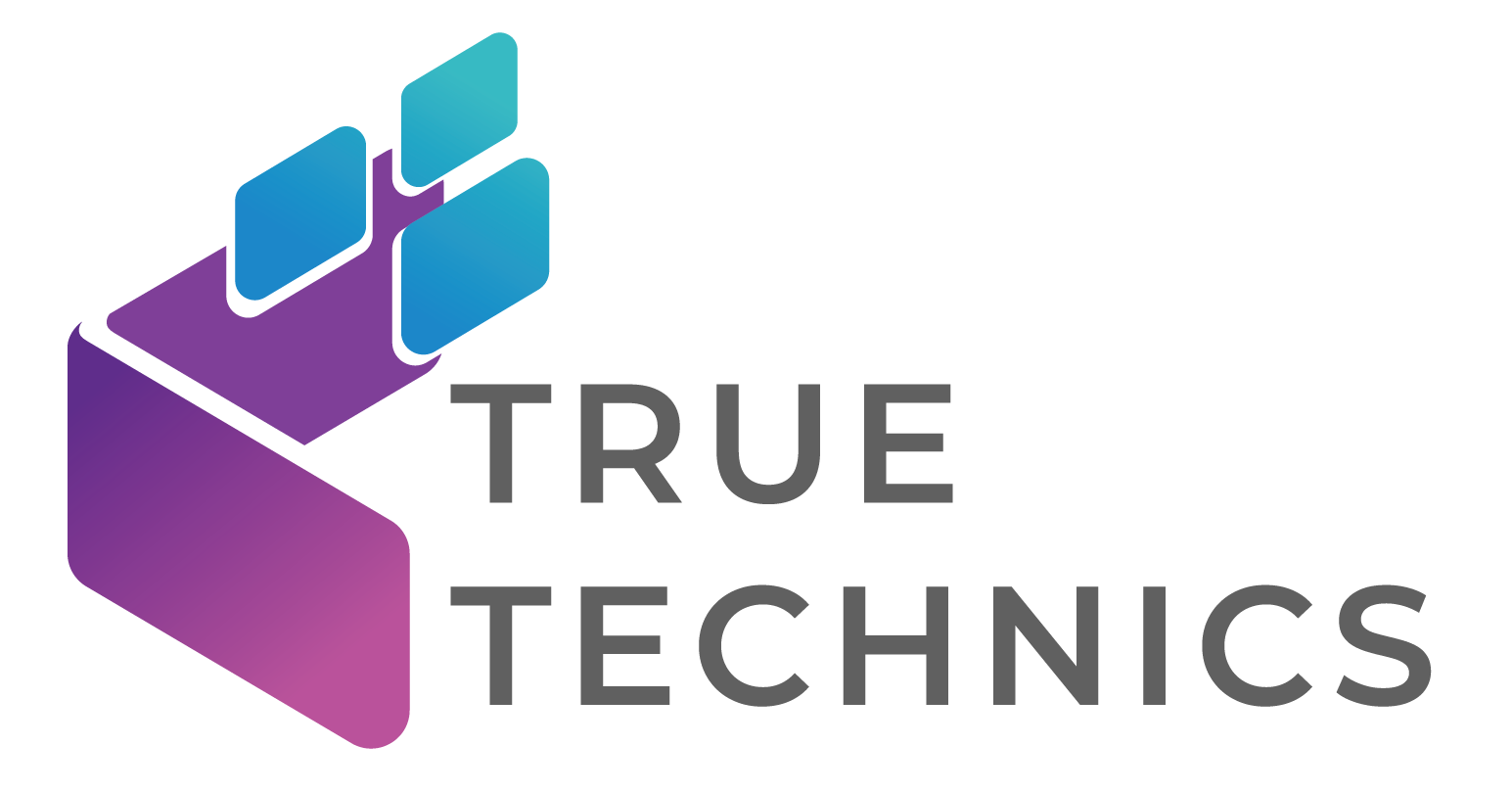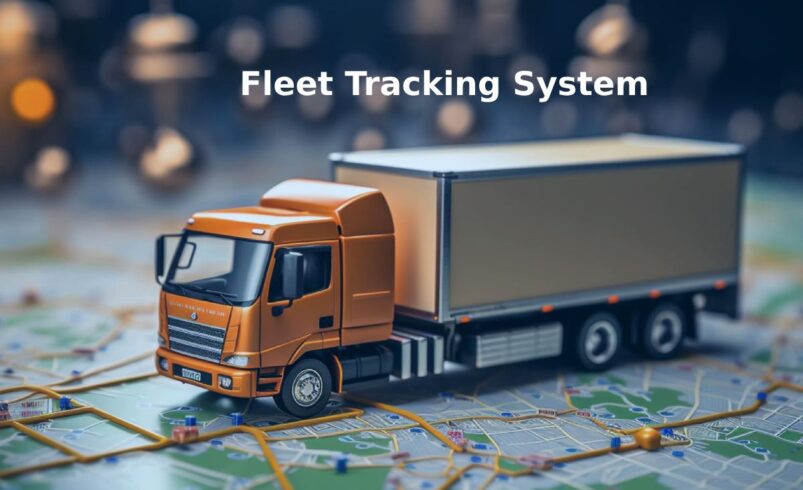Is Your Fleet Tracking System Stuck in the Past?
Managing a fleet is no small feat, and in a field where every second counts, using outdated tracking technology can seriously hold you back. With new advancements that offer faster, more precise tracking, sticking with an old system could mean wasted time, reduced efficiency, and even unnecessary costs. Here’s how to recognise the tell-tale signs that it’s time for an upgrade.
1. Delayed or Inaccurate Location Tracking
One of the first clues that your fleet tracking system might be outdated is a delay in location updates. A modern vehicle tracking system provides near-instant updates, allowing you to know exactly where each vehicle is at any given time. Delayed or inaccurate tracking can affect your ability to plan efficient routes, estimate arrival times accurately, and respond quickly to any issues on the road. If your drivers or dispatchers often experience a lag in location data, it may be time to consider a system that can keep up with real-time demands.
2. Limited Data Reporting and Analytics
Fleet management is about more than just knowing where your vehicles are; it’s also about understanding how to run your fleet efficiently. An outdated system may offer minimal insights, leaving you without detailed information on driver habits, fuel consumption, or optimal routes. With a modern fleet tracking system, you gain access to data analytics that can help you monitor key metrics, such as idling times, harsh braking, and fuel efficiency. This allows you to make decisions based on hard data rather than guesswork, ultimately helping to reduce costs and improve productivity.
3. Lack of Integration with Other Systems
As your business grows, the ability of your fleet tracking system to integrate with other essential software becomes more important. Outdated systems often don’t support integration with modern platforms like payroll, invoicing, or maintenance tracking, leading to manual data transfers and potential errors. This disconnect can result in missed maintenance alerts, billing errors, or even payroll discrepancies. By upgrading to a newer system that seamlessly integrates with other business tools, you can streamline operations, reduce the chance of mistakes, and save valuable time for your team.
4. High Maintenance Costs and Downtime
Ageing technology often comes with frequent breakdowns, which can be costly and disruptive. If your fleet tracking system requires constant repairs or software updates to stay functional, those maintenance costs can quickly add up. Not to mention the operational delays caused by system downtime. An upgraded vehicle tracking system is built to be more reliable, with lower ongoing costs and fewer technical issues. If your tracking system seems to spend more time under repair than actually supporting your business, it’s likely costing you more than it’s worth.
5. Limited Features and Flexibility
Older tracking systems tend to be rigid and limited in their offerings, lacking features that could make a big difference in how efficiently your fleet operates. Today’s systems provide options like geofencing, driver performance monitoring, and customisable alerts. These features can significantly improve safety, compliance, and accountability across your fleet. If your current system lacks the flexibility to adapt to your needs or doesn’t offer advanced features, it’s a strong indication that an upgrade could enhance the value and control you get from fleet management.
Ready to Enhance Your Fleet?
If these signs feel all too familiar, an outdated fleet tracking system could be holding your business back. Upgrading to a new, efficient vehicle tracking system doesn’t just improve day-to-day operations; it provides tools that can save costs, optimise performance, and help your fleet achieve more. Embracing a modern system can give you an advantage and the flexibility needed to meet future challenges with confidence.


